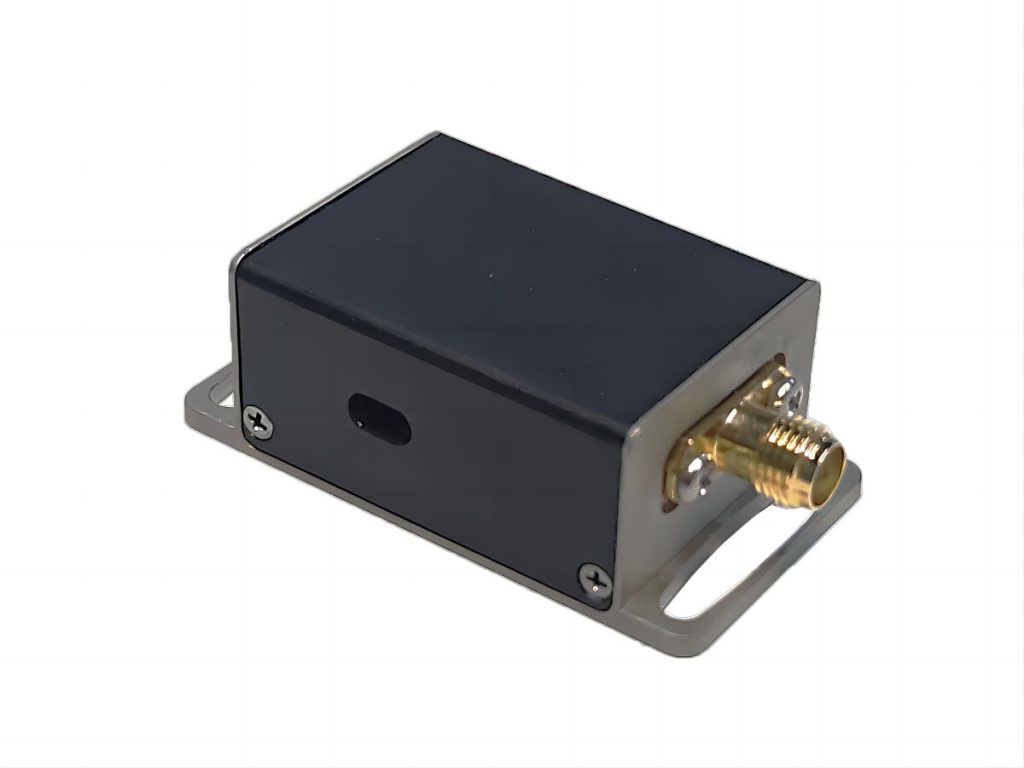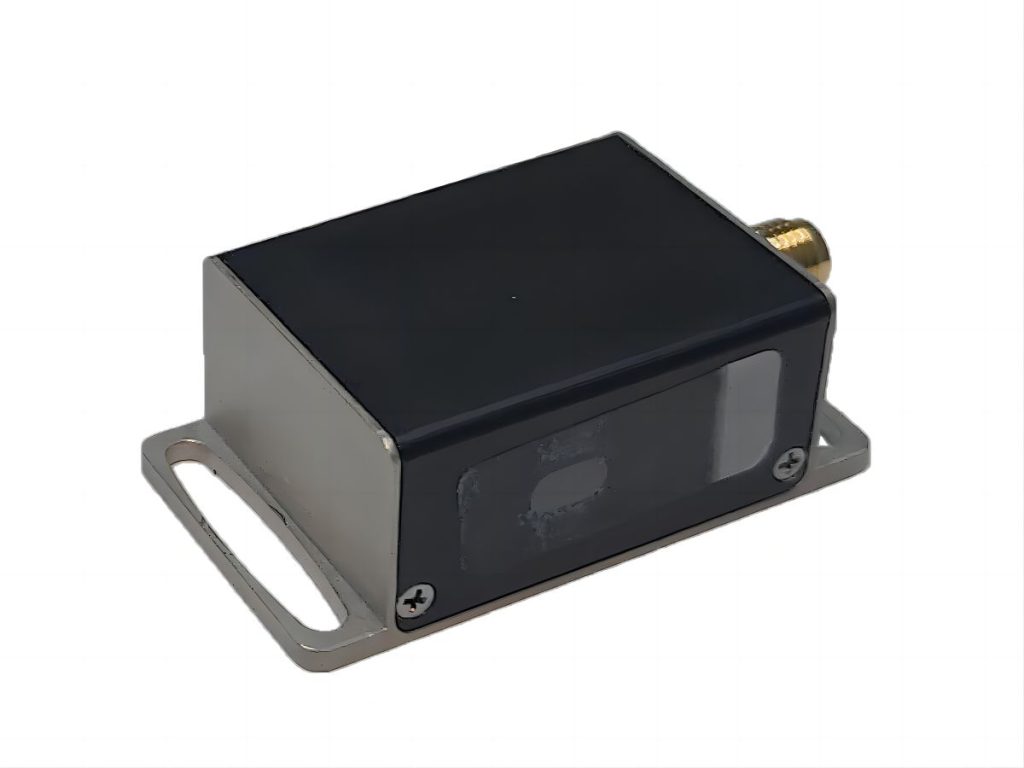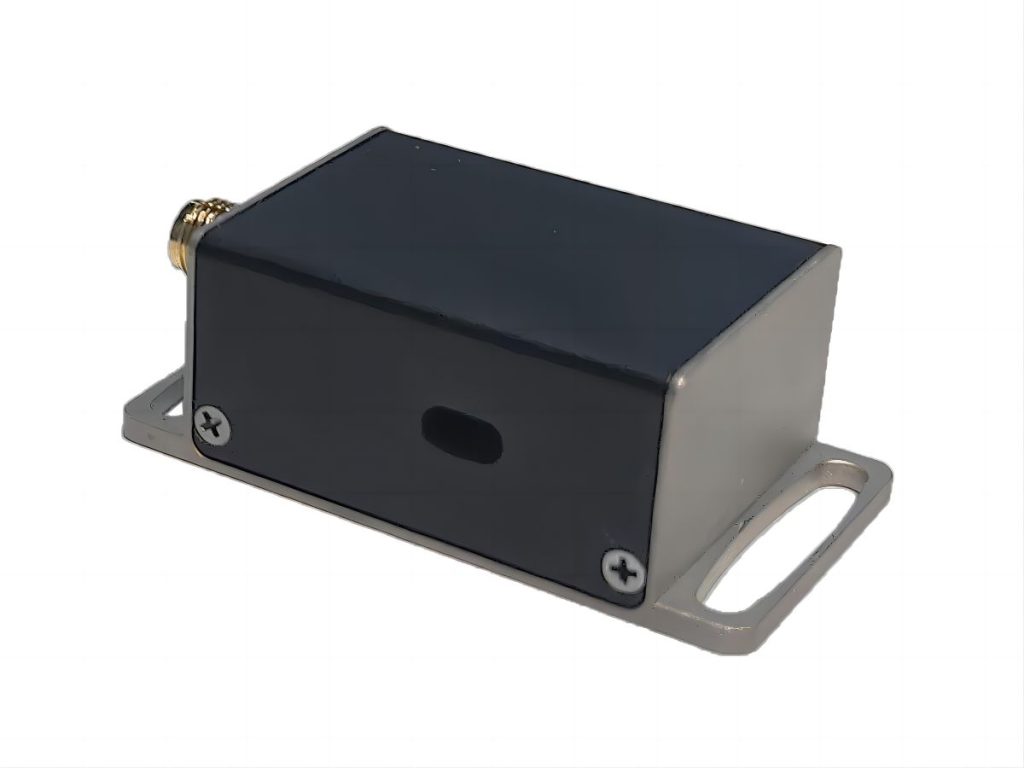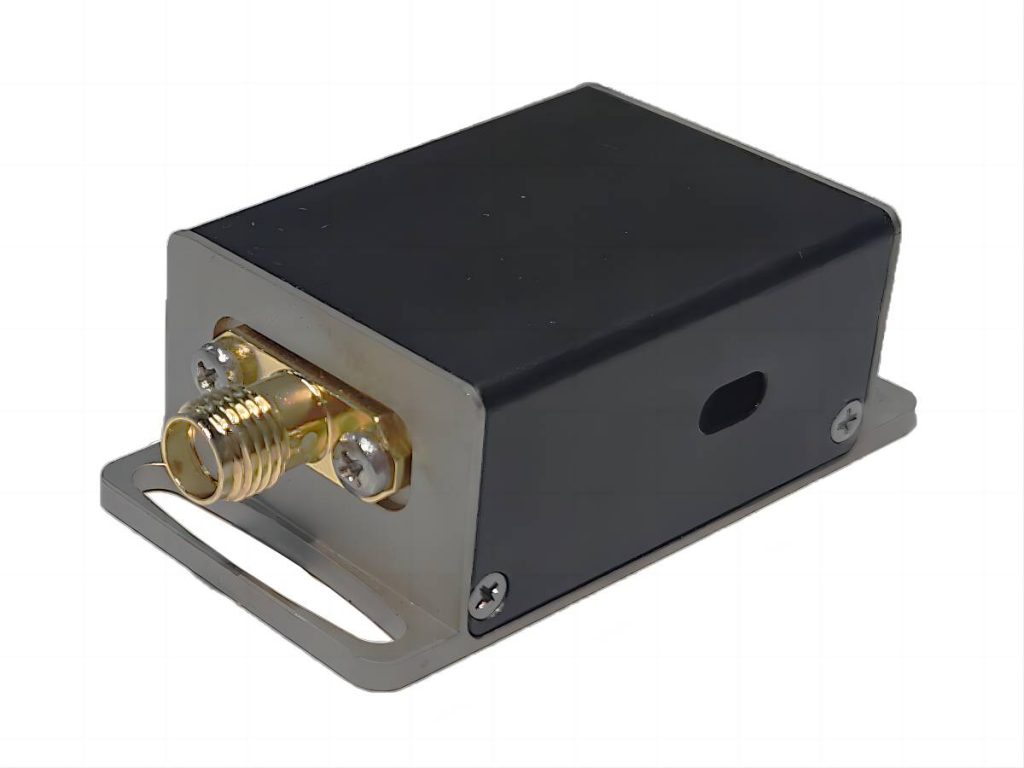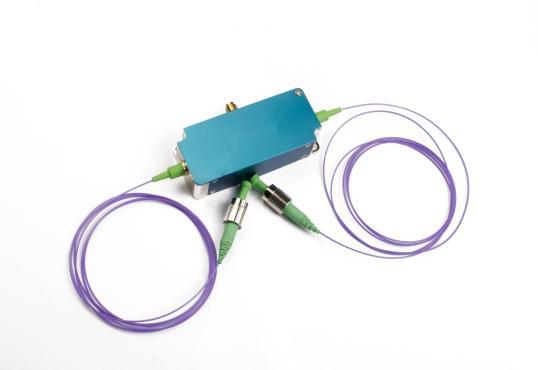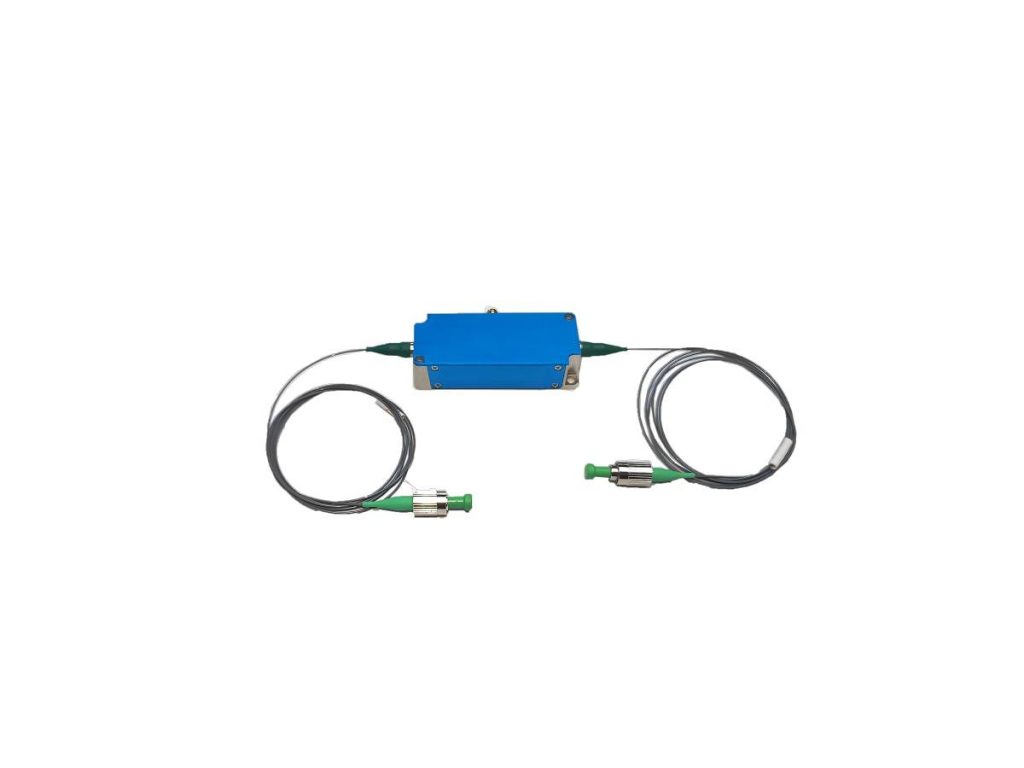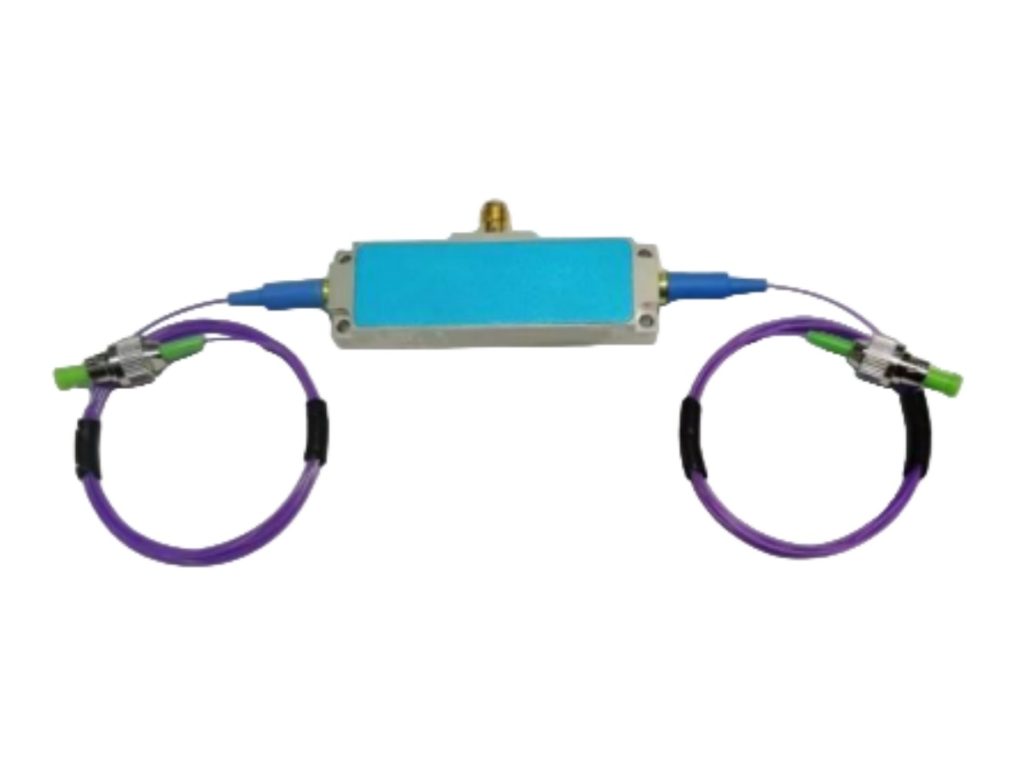Acousto-Optic Modulators vs. Deflectors: Differences and Selection
Acousto-optic devices, leveraging the interaction between sound waves and light, have become indispensable components in a myriad of optical systems. Among these devices, acousto-optic modulators (AOMs) and acousto-optic deflectors (AODs) stand out, each serving distinct purposes within the realm of laser technology. This article delves into the intricacies of these two devices, elucidating their operational principles, key differences, and their respective applications.
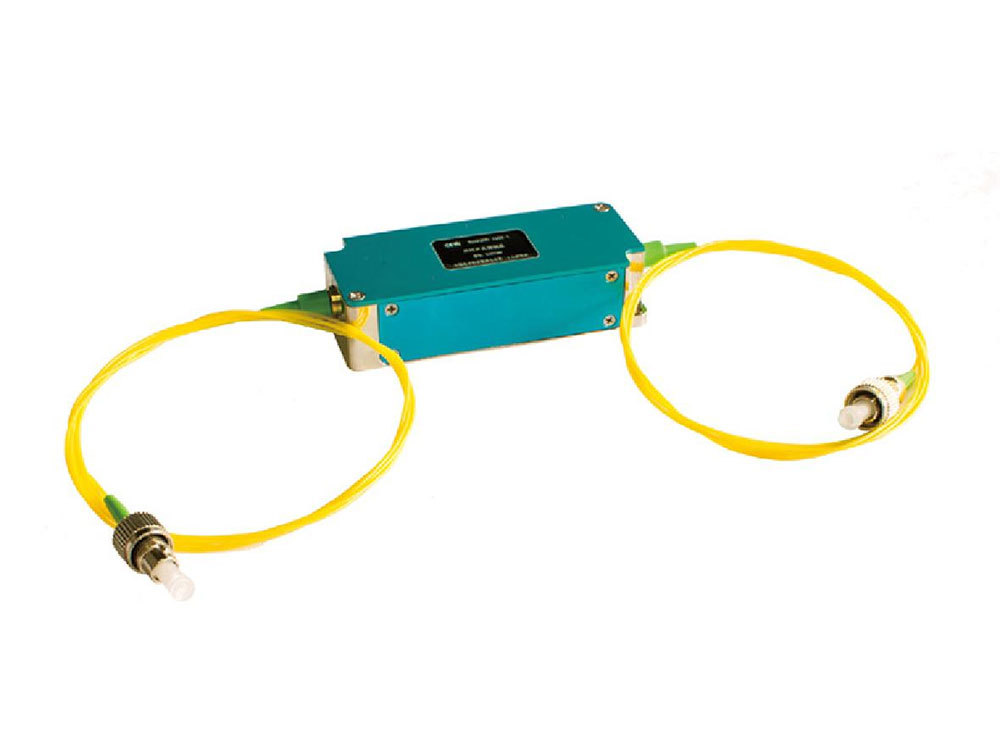
What is an Acousto-Optic Deflector (AOD)?
An acousto-optic deflector (AOD) is a device that manipulates the direction of a laser beam by varying the frequency of an applied acoustic wave. The core principle behind an AOD is the acousto-optic effect, in which a high-frequency sound wave travels through a transparent medium, creating a periodic modulation of the medium’s refractive index. This modulation forms a diffraction grating that deflects light passing through the device.
The deflection angle of the light is determined by the frequency of the sound wave. As the frequency changes, so does the angle of the diffracted light, allowing for dynamic and precise control of the laser beam’s direction. The ability to vary the beam’s direction rapidly and accurately makes AODs ideal for applications that require fast scanning or beam shaping.
What is an Acousto-Optic Modulator (AOM)?
An acousto-optic modulator (AOM) operates on the same fundamental principle as the AOD but serves a different purpose: modulating the intensity, or frequency of a laser beam. Instead of changing the beam’s direction, an AOM alters the power or frequency of the diffracted light by varying the intensity of the acoustic signal applied to the device. This makes AOMs perfect for applications where the control of light’s amplitude, frequency, or timing is critical.
In an AOM, the frequency of the driving acoustic signal remains constant, but the power can be adjusted. When the acoustic power is increased, the diffraction efficiency of the device also increases, leading to stronger diffraction and higher light intensity in the first-order beam. Conversely, when the acoustic power is lowered, the diffracted light weakens, effectively modulating the intensity of the beam.
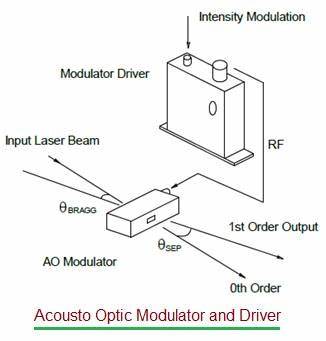
Key Differences Between AODs and AOMs
While AODs and AOMs are both based on the acousto-optic effect, their differences are significant when it comes to practical applications. These differences stem from their core functionality and the type of driving signals they require.
1. Main Function
- AODs: The primary function of an AOD is to change the direction of a laser beam, allowing for dynamic beam scanning. This makes them ideal for applications requiring rapid changes in beam orientation, such as laser scanning or beam deflection systems.
- AOMs: The primary function of an AOM is to modulate the intensity or frequency of the light. This is crucial for applications where precise control of the beam’s intensity or frequency is needed, such as in optical communication or LiDAR.
2. Driving Signal
- AODs: The driving signal for an AOD typically has a variable frequency, which changes the angle of the diffracted light beam. The power of the driving signal remains relatively constant, as the key parameter controlling the beam’s behavior is the frequency.
- AOMs: In contrast, the driving signal for an AOM typically has a constant frequency, while the power is variable. By increasing or decreasing the power of the acoustic wave, the intensity of the diffracted beam is modulated.
3. Diffraction Behavior
- AODs: In an AOD, the diffraction angle of the light beam changes in response to the frequency of the driving signal. As the frequency increases, the angle of the diffracted beam becomes larger, and vice versa.
- AOMs: In an AOM, the intensity of the diffracted light varies with the power of the driving signal. Higher acoustic power results in stronger diffraction and increased light intensity, while lower power weakens the diffracted beam.
4. Typical Applications
- AODs: AODs are primarily used in systems that require fast and precise control of the laser beam’s direction, such as in laser scanning, beam shaping, or beam deflection applications.
- AOMs: AOMs, on the other hand, are used in applications that require modulation of the laser beam’s intensity or frequency, such as optical communication, laser radar (LiDAR), or spectral analysis.
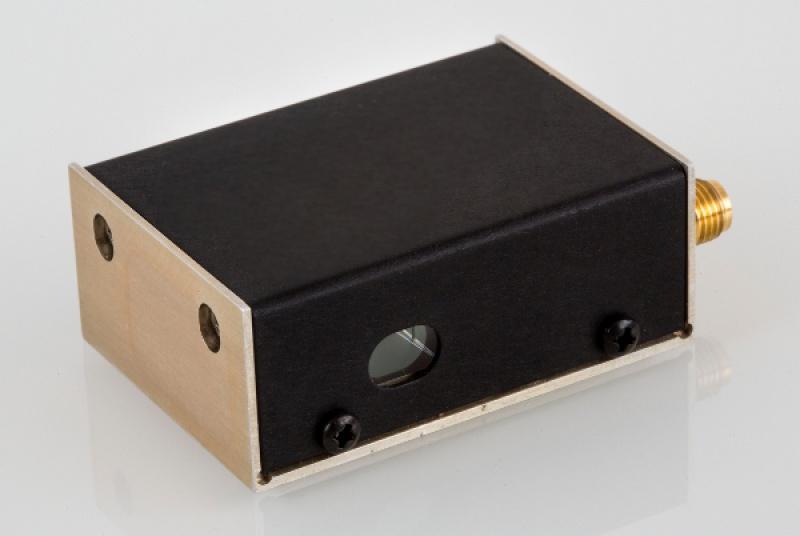
Choosing Between AOD and AOM
When deciding between an AOD and an AOM, it’s essential to consider the specific requirements of your application. Each device is suited to different tasks, so understanding the nature of your laser system is crucial.
Criteria for Selecting an AOD:
- Changing Beam Direction: If your application requires the laser beam to change direction dynamically, an AOD is the best choice. Systems that involve laser scanning, beam shaping, or precise beam deflection benefit from the rapid and accurate control offered by AODs.
- Laser Scanning: In systems like laser engraving or medical imaging, where the beam needs to scan across a surface or area quickly, AODs are invaluable for their speed and precision.
- Beam Shaping: AODs are also useful in beam shaping applications where the laser’s shape or focus needs to be adjusted dynamically to meet the demands of different tasks.
Criteria for Selecting an AOM:
- Modulating Beam Intensity or Frequency: If your primary need is to modulate the laser beam’s intensity or frequency, then an AOM is the better choice. Applications such as optical communication, where data needs to be encoded into the light signal, require the fine control over intensity that an AOM provides.
- Optical Communication and LiDAR: For applications in optical communication or LiDAR, where the laser needs to be modulated at high speed and with precision, AOMs provide the necessary control.
- Spectral Analysis: When precise control over light frequency is needed, such as in spectral analysis or tunable laser systems, AOMs are essential.
Factors to Consider When Selecting AODs and AOMs
Regardless of whether you choose an AOD or an AOM, several key factors must be considered to ensure optimal performance for your specific system:
1. Operating Wavelength: Both AODs and AOMs must be selected to match the operating wavelength of the laser. Using a device that is not optimized for your laser’s wavelength will result in poor performance or even system failure.
2. Diffraction Efficiency: Diffraction efficiency is a measure of how effectively the acousto-optic device diffracts the incident light. Choosing a device with high diffraction efficiency ensures that more light is directed into the desired order, improving overall system performance.
3. Response Speed: The response speed of an acousto-optic device is crucial, especially in high-speed systems such as LiDAR or laser scanning. Fast response times allow for rapid changes in the beam’s properties, whether that be direction (AOD) or intensity (AOM).
4. Driving Power: Ensure that the chosen device is compatible with your system’s driving power requirements. Overloading an acousto-optic device can lead to damage, while under-powering it may result in suboptimal performance.
5. Environmental Factors: Acousto-optic devices are sensitive to temperature and other environmental factors. Ensure that the device you choose can operate within the temperature range and environmental conditions of your system.
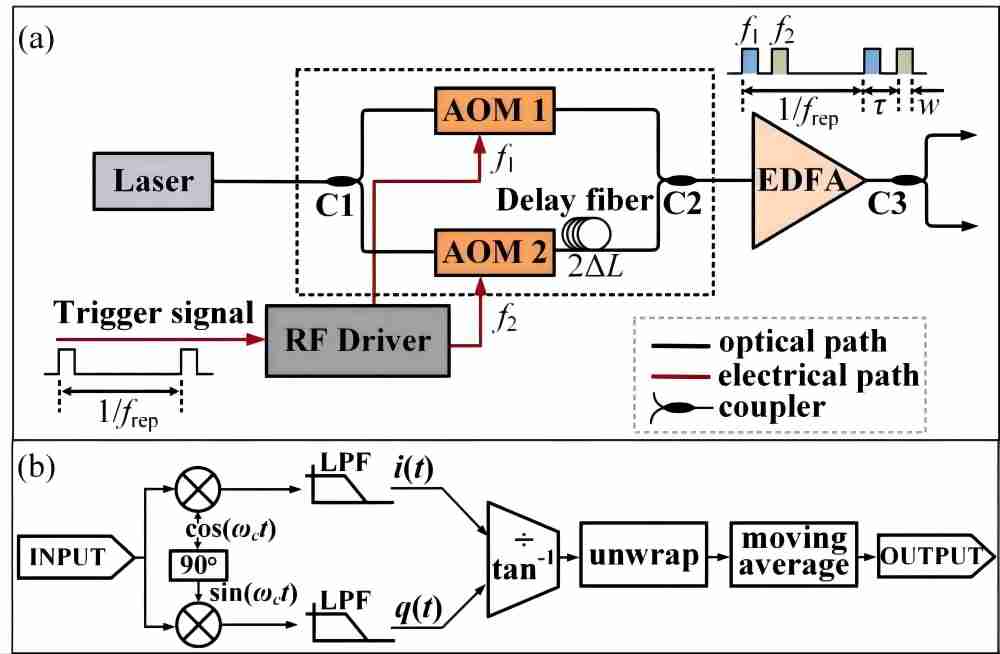
As mentioned above, acoustic optical deflectors and modulators are essential tools in modern laser systems, each serving distinct purposes. AODs excel in applications where precise control of the laser beam’s direction is required, while AOMs are ideal for modulating the beam’s intensity or frequency. By understanding the key differences between these devices and considering factors such as wavelength, diffraction efficiency, response speed, and environmental conditions, you can select the best acousto-optic device for your application. Whether for laser scanning, optical communication, or spectral analysis, the right choice of acousto-optic device will enhance your system’s performance and reliability.


